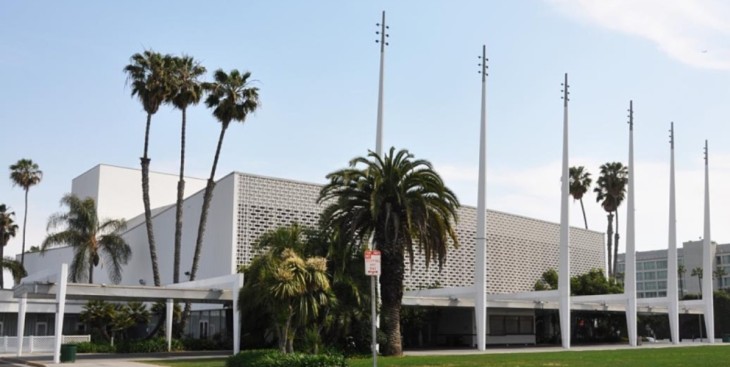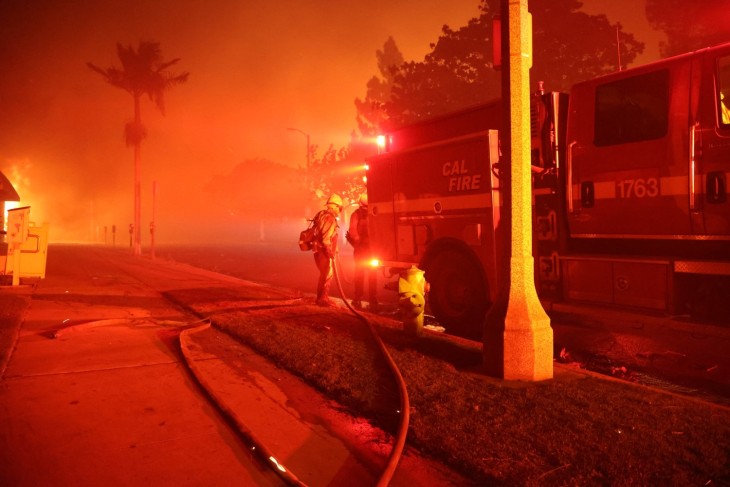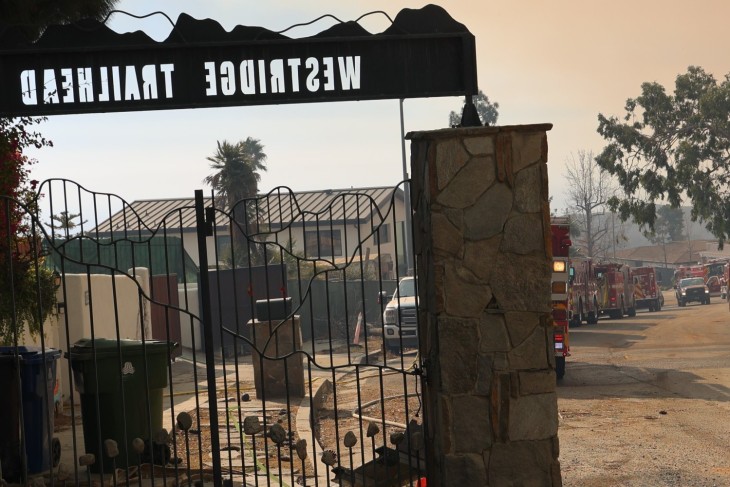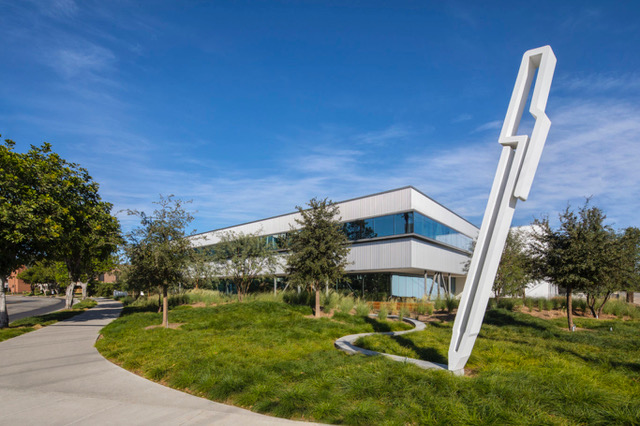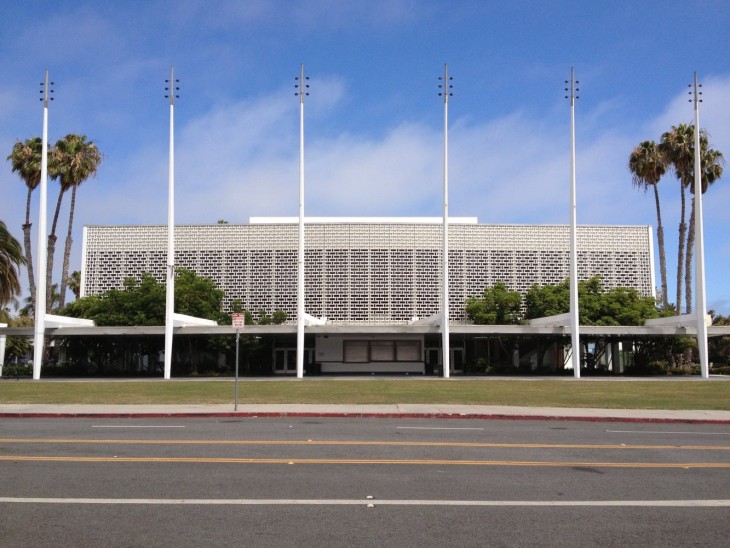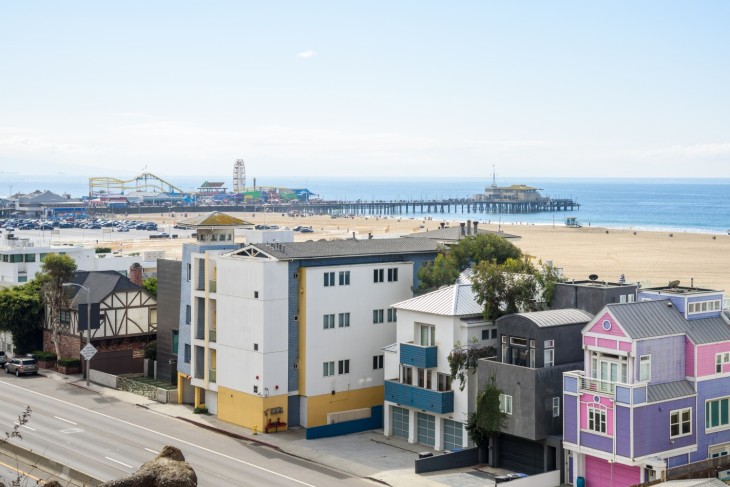Dear Editor,
The continuing debate over affordable housing requirements, who makes the rules, and what’s best for the City was highlighted on March 15, 2017, when the Planning Commission voted 6-1 to approve an 191-residential project at 1613-1637 Lincoln Blvd. The developer agreed to include 15 extremely low-income affordable units, more than the 10 units (5 percent) required under the Affordable Housing Production Program (AHPP). My views as Vice Chair of the Housing Commission are my own and do not necessarily reflect the views of members of the Commission or housing staff.
Over three years ago, the Housing Commission discussed making amendments to our AHPP. This included adding the extremely low-income (30 percent of area median income (AMI) households and lowering all of the AHPP qualifying incomes/maximum rents. At the time and historically, 75 percent of our inclusionary affordable housing citywide has benefited the highest household incomes (80 percent-120 percent of AMI).
Although there are minimum requirements, the AHPP is a negotiated process and there are options. In residential zones, a developer must allocate 5 percent of the residences to extremely low-income (30 percent of AMI), or 10 percent of the residences to very low-income (50 percent of AMI), or 20 percent of the residences to low-income (80 percent of AMI).
The Housing Commission and City Council ultimately approved the AHPP amendments, adding the extremely low-income (30 percent of AMI); rents are set at 0-Bedroom: $340, and 1-Bedroom: $389. By comparison, the rents in senior housing range from $550 to $650; with a utility charge, they average $585 or $685 per month. Our AHPP-amended rents for the very low-income (50 percent of AMI), at $567 and $648 per month, are similar to the senior rents.
One important improvement to the AHPP amendments, which I suggested with my own handout at the time of our first discussion, would be to make adjustments to the 30 percent of AMI household rents, for example, by increasing rents from the current $340/$389 to the more appropriate 50 percent of AMI: $567/$648.
In the case of the Lincoln Boulevard development, if the higher 50 percent of AMI applied, with a rent average of $600 per month, a reasonable expectation may be 20-25 affordable units rather than 10-15 units. The 10 additional affordable units at the higher rent ($600 instead of an average of $360 per month), would increase a developer’s per month profit from about $5,400 for 15 units to about $15,000 for 25 units.
Finally, the attorney for the Lincoln Boulevard development is accurate in that the AHPP establishes percentages and an income/affordability requirement. The solution is to make programmatic changes by increasing the household rent at the 30 percent of AMI; this would justify an increase in the total number of extremely low-income units and assist in the City’s annual objective for building these units.
Sincerely,
Richard Hilton
West Los Angeles Council for the Disabled and Seniors
Santa Monica



